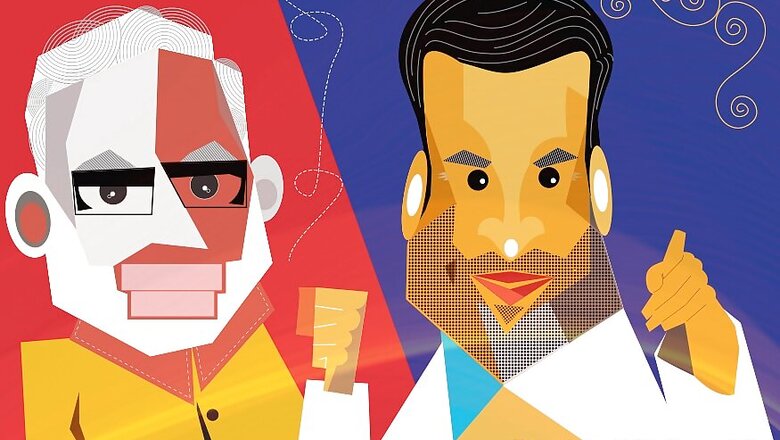
views
New Delhi: Prime Minister Narendra Modi doesn’t call Congress chief Rahul Gandhi by name in campaign speeches. In 2014, it was ‘Shehzada’, while in Karnataka it was ‘Naamdar’, both a reference to Rahul’s Nehru-Gandhi lineage. The careful choice of words is a conscious and consistent effort.
Modi stopped calling Rahul a ‘shehzada’ since his elevation as Congress president and gave him the new moniker of ‘naamdar’ while campaigning in the Karnataka elections, accusing him of encouraging the 'durbari' culture and of promoting “other naamdars like himself”.
Modi sharpened his attack after Rahul spelled out his prime ministerial ambition for the first time. “Congress ke naamdar sone ka chammach lekar paida hue hain. Jo sone ka chammach lekar paida hote hain unko kya pata Modi toilet kyun bana raha hai. (He was born with a golden spoon. How can he understand why Modi is constructing toilets),” the PM said.
According to sociologist Dipankar Gupta, ‘naamdar vs kaamdar’ is a metaphor that can have immediate resonance with the masses. “Naamdar is not a description, but a metaphor for India being ruled by people of privilege. It’s used best as a contrast against Kaamdars, or people who are from the working classes."
When Modi kick-started his Karnataka campaign from Chamarajanagar district, he addressed Rahul as Congress’ new president. At the time, the PM didn’t take a jibe at the “selection vs election” debate surrounding Rahul’s elevation. Modi instead criticised the Congress for failing to electrify all of India’s villages despite being in power for decades. “Congress ke neta aur Congress ke naye naye adhyaksh ati utsah mein kabhi kabhi maryada tod dete hain. Achcha hota inke muh se 18,000 gaon mein bijli pahunchne wale mazdooron ke liye kuch achche shabd nikal jate. (Congress leaders and their new president sometimes cross the line. It would have been better if they had said something about the workers who took electricity to 18,000 villages),” the PM said.
According to BJP insiders, Modi doesn’t want to acknowledge Gandhi as a worthy opponent. “Modi is a common man and thinks like a common man. For a common man, Rahul Gandhi is the great-grandson of Jawaharlal Nehru, the grandson of Indira Gandhi and the son of Rajiv and Sonia Gandhi,” said a Saffron party leader.
Social scientist Manisha Priyam said Modi doesn’t name Rahul as he is “opposing dynasty politics”.
It is also an attempt to draw a contrast between his 'humble' roots and Rahul’s 'privileged' upbringing.
Modi, however, had not refrained from naming Akhilesh Yadav when his Samajwadi Party tied up with the Congress in 2017 Assembly elections, which the combine eventually lost to the BJP. While campaigning in the state, Modi had said, “When Akhilesh Yadav became the CM, I had thought that he is young, educated and will do good work for Uttar Pradesh. But in four years, he has ruined the state.... Congress ruined entire India. Akhilesh is so scared that he is tying up with anyone and everyone. Otherwise, why would anyone board a sinking ship?”
Akhilesh and Rahul both hail from political families. So why the different treatment? It may be because Akhilesh’s father Mulayam Singh Yadav rose in politics from humble beginnings and Akhilesh is the first-generation beneficiary of that struggle. The same is not the case with Rahul Gandhi.
According to senior journalist Neerja Chowdhury, this is 'old school politics'. “He (Modi) chooses descriptions that are far more damning than using the name ‘Rahul Gandhi’,” she says.
True enough, the use of words like ‘shehzada’ and ‘yuvraj’ by Modi and other BJP leaders have fuelled a plethora of memes and tweets mocking the Congress president.
Decades ago, socialist leader Ram Manohar Lohia dismissed Indira Gandhi as a ‘goongi gudiya’ or mute doll. With names like ‘shehzada’ and ‘naamdar’ for Rahul, Modi reminds the masses of the influential family the Congress chief was born into.
Amit Goel, the editor of Pioneer, sees “Modi’s extreme dislike for the Gandhi family” in the strategy behind not naming Rahul. “By using such phrases, Modi is trying to build an image of an opponent in the eyes of the public. He wants Rahul to be identified with certain traits.”
Modi and BJP chief Amit Shah pride on being outsiders to Delhi’s cozy political circles, the ‘durbari’ culture rejected by the masses. The switch from ‘yuvraj’ to ‘shehzada’ and use of ‘sultanate ka naamdar’ is also an attempt to make a sub-conscious association with the Mughal rule in India.
‘Naamdar’ may well be the ammo Modi will fire at Rahul in the 2019 Lok Sabha battle.











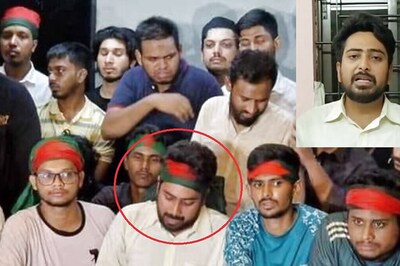
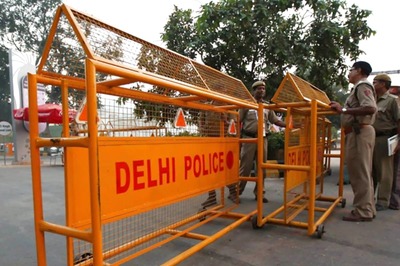
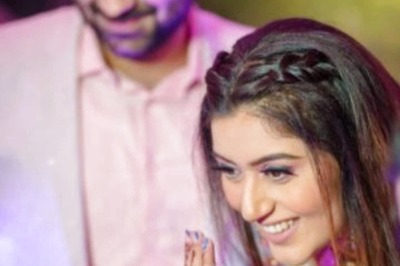

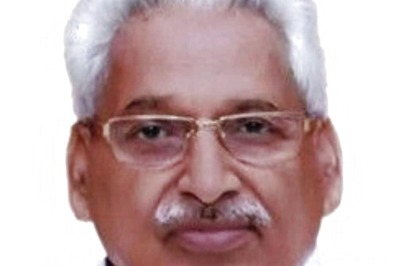
Comments
0 comment